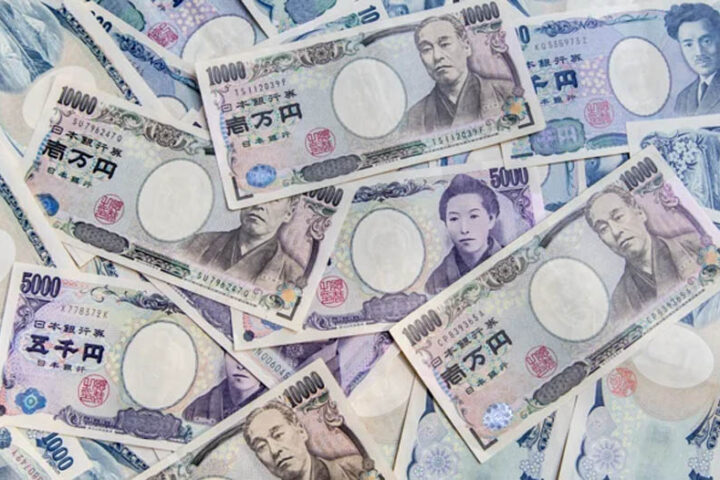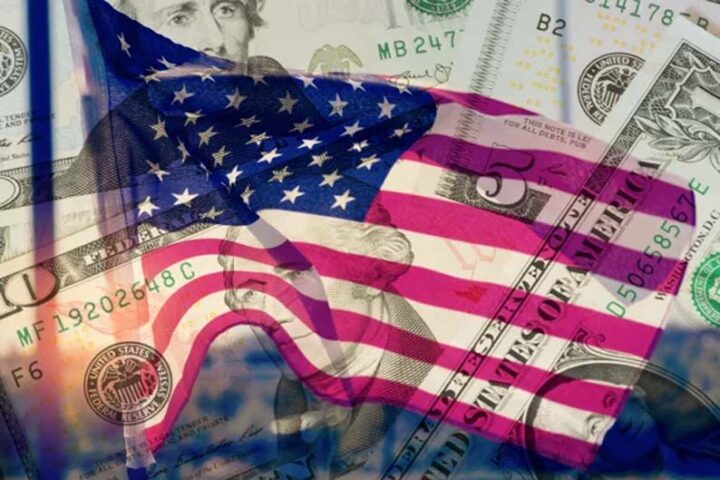By Jeffrey Halley
Markets in Europe and early New York went “hold my beer” and went into “the Fed is going to hike by one percent, we’re all doomed” mode. The negativity was compounded by soft quarterly earnings from JP Morgan and Morgan Stanley.
Equities, oil, commodities, and precious metals were pummelled, while the US Dollar soared on currency markets with the Euro falling close to 0.9950 before regaining 1.0000 later in the day.
Admittedly, Europe had reason to be nervous.
Statements out of Russia about whether Nord Stream 1 would restart after maintenance finishes on July 21 didn’t fill the market with confidence. Ructions in Italian politics added to the woes with Prime Minister Draghi offering to resign. Something the Italian President thankfully declined.
Although the Euro managed to unwind most of its losses, European equities were thrown on the ground, kicked a lot, and stayed there. It’s hard to see them recovering until the July 21 “gas-mageddon” day passes. You can throw Europe’s illegitimate love child, the United Kingdom, into that fray as well.
Thankfully, it was two Federal Reserve officials who rode to the rescue.
Fed Governor Christopher Waller and St Louis Fed President Jim Bullard both indicated they were erring towards a 0.75% hike at the July FOMC meeting, and not the dreaded 1.0%. Lost in the small print was that both qualified that on “incoming data.”
Oil finished where it started, the US Dollar gave back a goodly portion of its gains, and Wall Street finished a bit lower, while the Nasdaq closed flat.
US bonds saw yields rise in the longer-dated tenors, while the 2-year remained unchanged, narrowing the curve inversion, and boosting risk sentiment at the periphery.
All eyes on China
In Asia, the mortgage payment strike by consumers seems to be gathering more headlines, highlighting a millstone around China’s neck that had been forgotten recently, the slow-moving trainwreck of the private developer sector, where debt issues appear to be spreading to the domestic market from being an offshore problem.
Alibaba Cloud executives have also been invited for tea and biscuits with the police apparently, who are keen to know how a 1 billion name database of theirs stored on Ali Cloud was stolen by hackers. China equity markets won’t like that as the words “common prosperity” ring like a bad Christmas song that returns from the dead each year in December, or mid-October if you live in Singapore.
Mostly, attention will be on the tier-1 data dump that has just been released.
The House Price Index for June YoY has slumped to -0.50%, and GDP for Q2 YoY rose by only 0.40%. That is likely tied to Industrial production, which missed estimates, rising by 3.90% YoY for June. Offsetting that was a very strong performance by Retail Sales, which leapt higher by 3.10% YoY for June, well above estimates.
Assuming that Q3 is not marked by more lockdowns in key urban centres like Shanghai, the data is expected to rebound. With the Chinese consumer seemingly in better shape than thought, markets will concentrate on the Retail Sales number and the data dump is probably a modest positive on balance.
Attention will now swivel to Friday’s US Retail Sales numbers, which are expected to rise by 0.80% MoM for June. Given both Fed officials overnight qualified their rate hike remarks as depending on incoming data, we can expect some volatility over the release.
Higher Retail Sales will put the 1.0% hike front and centre again, and we would expect to see a rerun of Thursday’s early Wall Street price action, i.e., sell everything, buy dollars. Softer Retail Sales data could allow that risk sentiment rebound to gather some steam, as the markets seem to have priced in a 0.75% rate hike from the FOMC now.
Oil prices steady
Both Brent crude and WTI were caught up in recession fears overnight, plummeting by four dollars a barrel at one stage in panicked New York trading. Once again, both contracts found their feet as the US Dollar retreated after the Fed officials’ comments, finishing the day nearly unchanged after a torrid session.
Brent finished almost unchanged at $99.55, adding 0.30% to $99.90 a barrel in Asian trading. WTI was almost unchanged at $96.45 overnight, slipping 0.30% to $96.20 in Asia on Friday. How oil finishes the week will be reliant on how the US data comes out later in the day.
Brent has resistance at $101.00, and then 104.00, followed by a now distant $106.00. It has support at 97.00, the 200-day moving average (DMA), and then $95.50 a barrel. WTI has support at $94.15, the 200 DMA, and then $90.60. Resistance is at $98.00, followed by 101.00 a barrel.
Gold’s recovery over before it started
Gold had another near $40 dollar range overnight, but this time, it could not recoup those losses, and its incipient recovery looks over before it started.
The yellow metal fell by 1.50% to $1710.00 overnight, where it remains treading water in Asian trading. Gold’s fate is entirely in the hands of US data Friday night, and whether that can spark losses for the US Dollar, otherwise the technical picture has flipped in one day to looking very ominous once again.
Failure of $1675.00 will signal a much deeper move lower targeting the $1450.00 to $1500.00 an ounce range in the weeks ahead. Gold has resistance at $1745.00, now a double top. That is followed by $1780.00, $1800.00, its June downward trendline.
Jeffrey Halley is Senior Market Analyst, Asia Pacific at OANDA
Opinions are the author’s, not necessarily that of OANDA Global Corporation or any of its affiliates, subsidiaries, officers or directors. Leveraged trading is high risk and not suitable for all. Losses can exceed investments.







